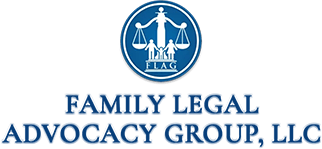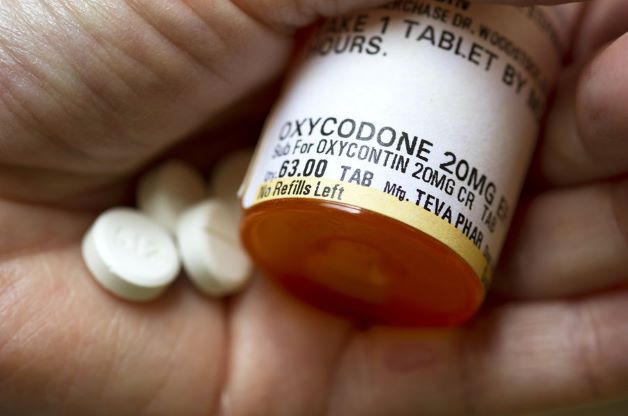The opioid crisis has affected rural, suburban and urban areas across the nation and members of all socioeconomic classes. The state of Maryland has been hit particularly hard. In fact, from January to September of 2016, the state had nearly 1,500 instances where individuals died due to opioid overdose, compared with 523 people who were killed in the state due to automobile accidents for all of 2016.
Fortunately, the Maryland legislature passed several measures aimed at addressing the opioid crisis this year. The bills, which were signed into law by Republican Gov. Larry Hogan, provide a wide range of solutions.
One bill is called the Heroin and Opioid Prevention Effort and Treatment Act (HOPE Act), which requires hospitals to set new procedures for discharging those who receive treatment for substance abuse. Additionally, it establishes both a 24-hour emergency hotline and a 24/7 treatment center for individuals experiencing mental health or substance abuse crises. Furthermore, it also increases availability of naloxone, the overdose-reversal drug that has already saved countless lives.
The Prescriber Limits Act of 2017 requires healthcare providers to prescribe the lowest effective dose of an opioid, aiming to reduce the number of prescribed opioids on the streets and in the medicine cabinets of individuals. This piece of legislation is crucial to preventing individuals from getting hooked on opioids, as it is well-documented that individuals who become addicted to opioids often start with prescription drugs. In addition, the Start Talking Maryland Act will increase school and community-based education and awareness efforts to continue to bring attention to the crisis and to equip the state’s youth with knowledge about the deadly consequences of opioids.
The groundwork for laws in the state of Maryland that prioritize drug treatment over incarceration for drug addicts was laid out in 2016 via the Justice Reinvestment Act, a comprehensive criminal justice reform measure. The law, which was more than 100 pages long, aimed at reducing the levels of incarceration in Maryland by focusing on providing alternatives to incarceration for nonviolent offenders who posed a low-risk to public safety. Importantly, the Justice Reinvestment Act also created tougher penalties for violent offenders, such as murderers and child abusers.
It is essential addicts receive proper and sufficient drug treatment. However, there are individuals who seek to prey upon those who are addicted to drugs. Drug dealers are dangerous individuals who pose serious and incalculable risks to public safety. Not only are they perpetuating an addict’s substance abuse problem, but they are also violent individuals who stop at nothing to protect their turf or products.
Senate Bill 539, which Maryland also passed this year, allows prosecutors to seek an additional 10 years for drug dealers who knowingly sell fentanyl — a drug 50 to 100 times more potent than heroin. S.B. 539 was strongly supported by Senator Michael Hough, whose district has been hit hard by the opioid crisis. “Fentanyl is the leading cause of overdoses and we must get the killers who sell this poison off our streets,” Hough said.
Maryland’s focus on treatment for nonviolent offenders who have substance abuse problems, while punishing those who deal drugs, provides for strong public safety. Keeping dangerous criminals off of the streets is crucial for an effective criminal justice system, while prioritizing treatment over incarceration for those who are addicted to drugs allows for law enforcement to prioritize and target those individuals who pose the most serious threat to public safety.


